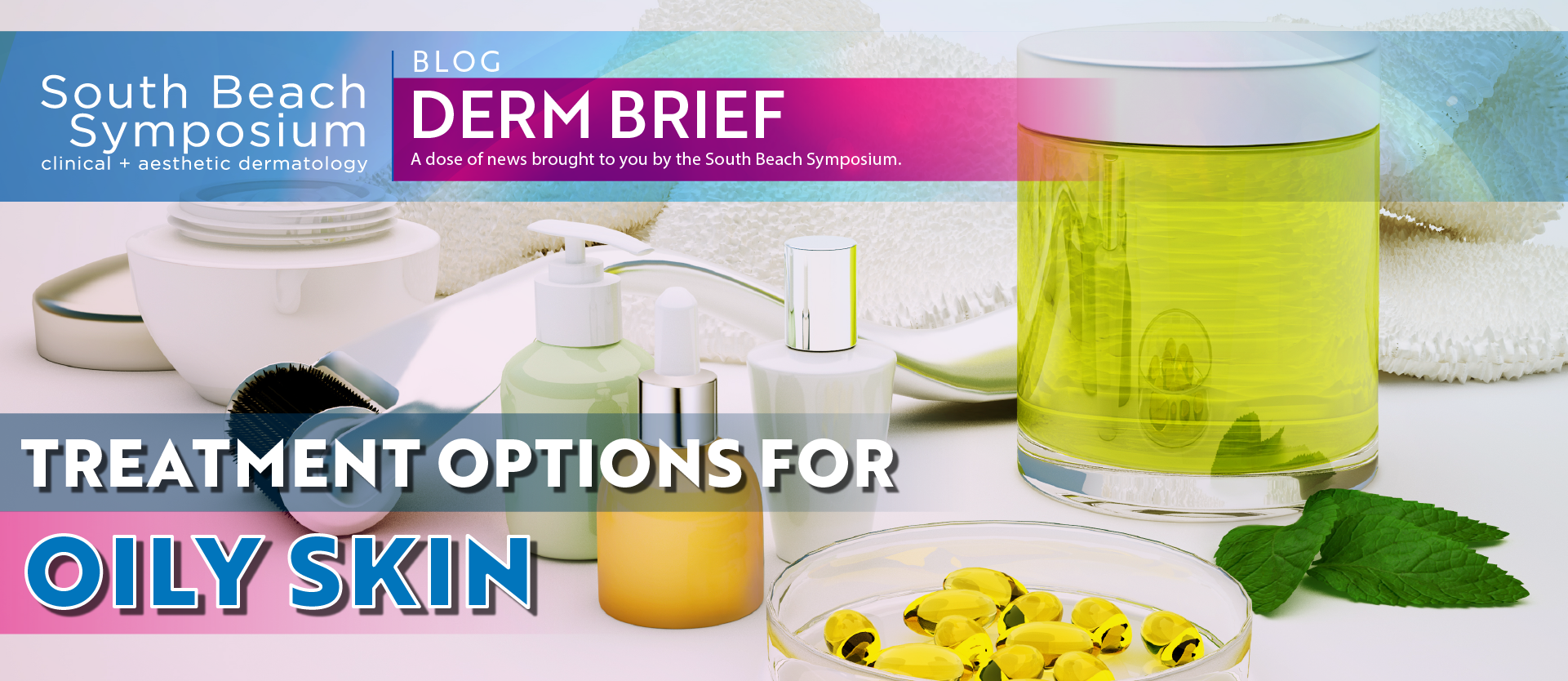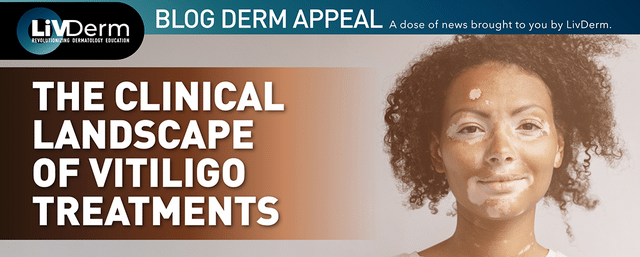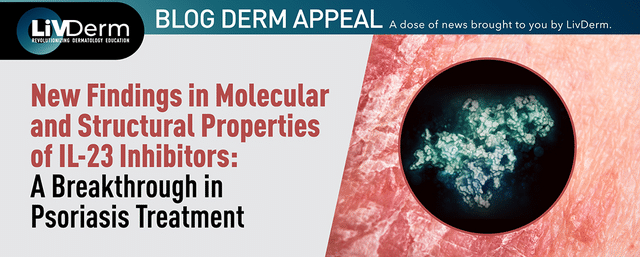One of the most common dermatologic concerns reported by all types of patients is oily skin and there is an increasing demand for effective treatment options with mitigated adverse side effects. While numerous factors play a role in the pathogenesis of oily skin, the cause of sebum overproduction varies depending on individual factors such as skincare routine, hormone levels, and underlying conditions. Additionally, the amount of sebum a person produces varies throughout the course of their lifetime, reaching its peak during puberty and only declining after menopause for women and around the age of 60 for men.
Due to the complex nature of the condition, pinpointing a single successful treatment option for oily skin, or seborrhea, is difficult. Many treatment options focus on reducing sebum production and decreasing pore size however, they often result in the converse effect of dry or flaky skin. In evaluating dermatologic patients with seborrhea it is important to take into consideration the potential underlying causes.
Causes and Risk Factors
Alongside varied causes there are numerous risk factors which can contribute to the overproduction of sebum in patients, leading to oily skin and hair. Sebum overproduction has been associated with high lipid levels, Parkinson’s Disease, hormonal medications, and pituitary conditions. Multiple studies have reported an increase in sebum production found during the warmer months of spring and summer as well as in more humid climates.
While sebum production is said to reach its peak before adulthood, adult men produce slightly more sebum than women due to higher testosterone levels. Additional risk factors for excess sebum secretion include ovulation in premenopausal women, humid environments, and elevated androgen levels.
Treatment Options
There is a multitude of available treatment options with varying degrees of severity and associated risks. Current and up-and-coming treatment options include topical medications, oral medications, and cosmetic procedures – all of which may be utilized to help patients with oily skin.
Retinoids
Topical retinoids have long been used in the treatment of common skin issues, including acne vulgaris and seborrhea. The topical retinoid family is comprised of vitamin A (or retinol), its natural derivatives such as retinoic acid, and its synthetic derivatives like adapalene. These compounds work to improve oily skin appearance by interacting with specific nucleic acid receptors and influencing keratinocyte growth and differentiation. Retinoids have also been found to significantly reduce sebocyte proliferation, differentiation, and the synthesis of sebum, leading to decreased oil production.
Larger pores have been linked to excess sebum production and several studies have revealed that retinoid derivatives tazarotene and tretinoin have the ability to reduce facial pore size.
A common side effect of topical retinoid use is dry skin, although direct evidence of reduction in sebum production is lacking. Despite potential dryness, topical retinoids are a worthwhile consideration for the treatment of oily skin.
Olumacostat Glasaretil (DRM01)
Olumacostat glasaretil (DRM01 or OG) is a novel molecule specifically designed to inhibit sebum production. Dermira, a biopharmaceutical company, recently released promising data from its phase 2b trial of OG. By inhibiting acetyl coenzyme-A carboxylase, the molecule decreases overall sebum output and was found to significantly reduce inflammatory and non-inflammatory acne lesion counts. However, the trial did not evaluate the appearance of oily skin or levels of sebum output.
OG is reportedly well-tolerated and comes with no serious treatment-related adverse effects, making it a promising up-and-coming topical agent for oily skin treatment. Further studies are necessary to determine whether topical OG actually has a direct effect on sebum production.
Niacinamide
One of the two forms of vitamin B3, niacinamide, plays an important role in skin health. When applied topically, it has shown anti-inflammatory effects and successful treatment of acne and rosacea. A double-blind, placebo-controlled study of 100 participants revealed significantly lowered sebum secretion rates after two and four weeks of treatment with topical 2% niacinamide. However, little is known about the mechanism of action of niacinamide and further research needs to be conducted to determine proper treatment plans.
Green Tea
Green tea extract has become an increasingly popular additive in the cosmetic and skincare industry. Although larger studies need to be conducted, small-scale studies have proven green tea emulsion as an effective cosmeceutical ingredient in the treatment of oily skin. Applying a 3% green tea emulsion to the skin for 8 weeks lead to a significant reduction in sebum production in one study, while a similar result was found in a 22-participant trial after 60 days of green tea extract use.
Botunilum Toxin
Recent research has evaluated the effect of botunilum toxin on oily skin, revealing promising results. While it is most commonly used to treat wrinkles, botunilum toxin has been effective at reducing sebum production and improving the appearance of oiliness. Studies have shown photographic improvement in pore size and a substantial reduction in oil production after intradermal forehead injections. Patients reportedly notice less oily skin after the procedure, with effects lasting up to several months. Additionally, there is a high patient satisfaction rate associated with botunilum toxin injections: 91% of patients said they were satisfied with the treatment for oily skin.
Isotretinoin
Proven to be the most efficacious at reducing sebum production of all aforementioned methods, isotretinoin is an oral retinoid taken daily for the course of 16 to 24 weeks. Isotretinoin has the potential to decrease the size and secretion activity of sebaceous glands, reducing sebum production levels by up to 90%. In the majority of patients results are long-lasting as most patients report significant suppression of sebum production one year after treatment. However, approximately 17% of patients may require a second course of oral isotretinoin to achieve desired results.
Some side effects are associated with the treatment including dry skin, chapped lips and secondary skin infections. Sexually active females are at the greatest risk for adverse complications as isotretinoin has been linked to teratogenicity. Patients are encouraged to use two forms of contraception and cannot be pregnant while taking this medication.
Sebum is a necessary component of healthy skin as it moisturizes and protects the surface of the body however, excess amounts of it have a detrimental effect on skin appearance.
Despite the existence of numerous treatment options to help mitigate this common skin concern, a clear consensus on the best method is yet to be identified. As more knowledge is gained about the pathogenesis of oily skin, new and improved treatment options will become available to dermatologic patients seeking help.
















